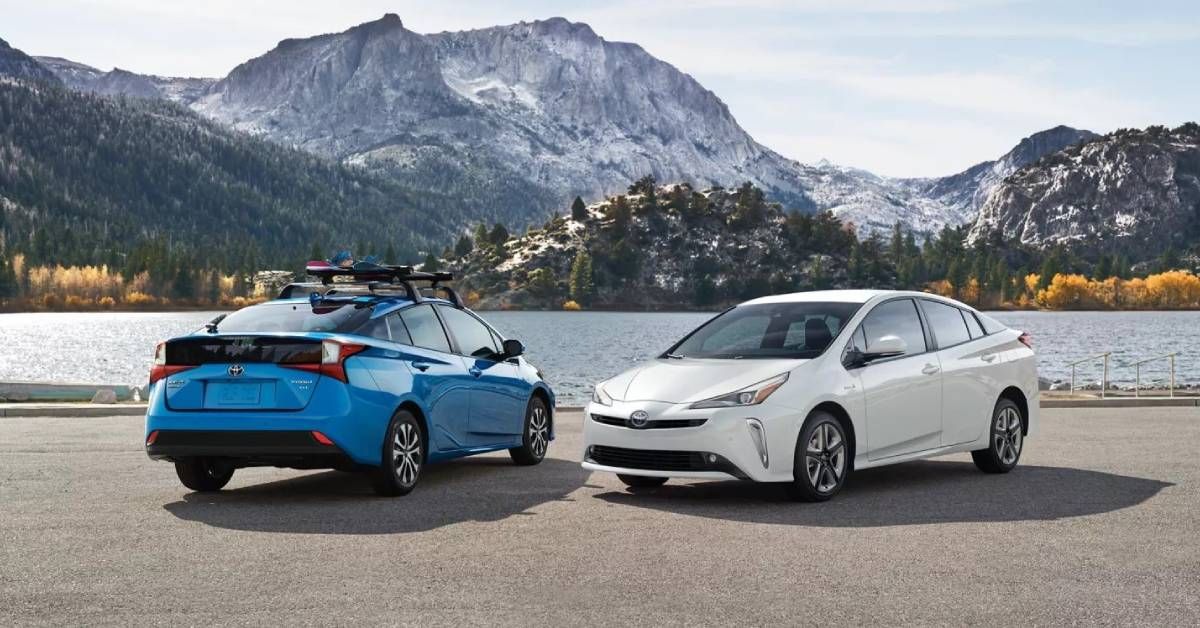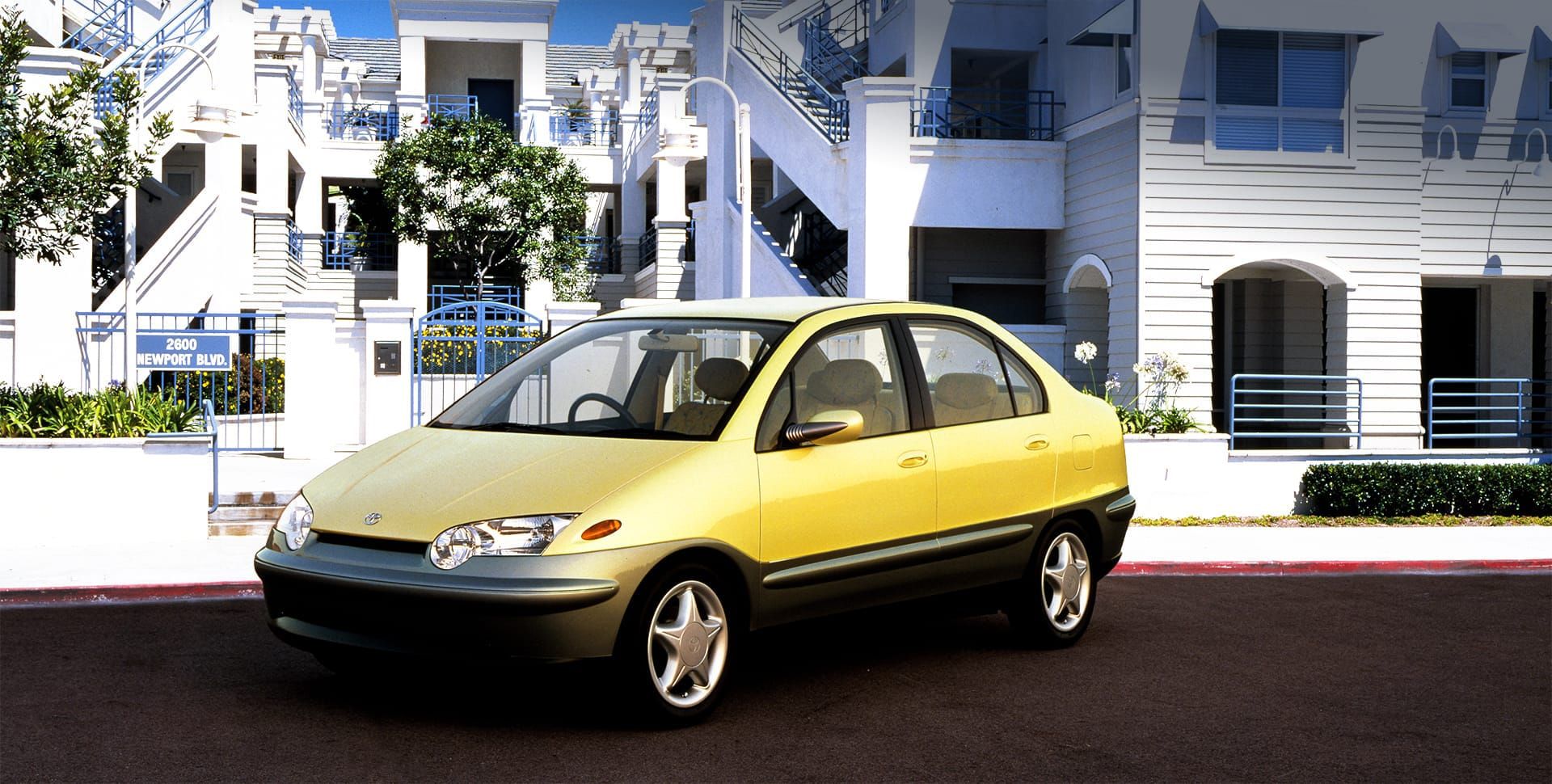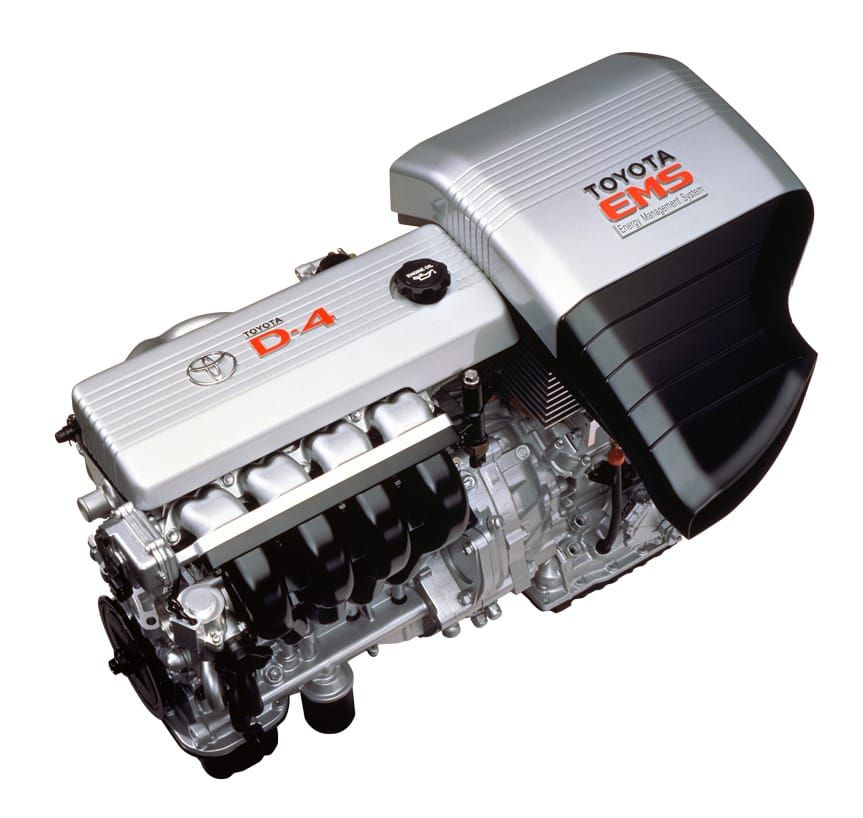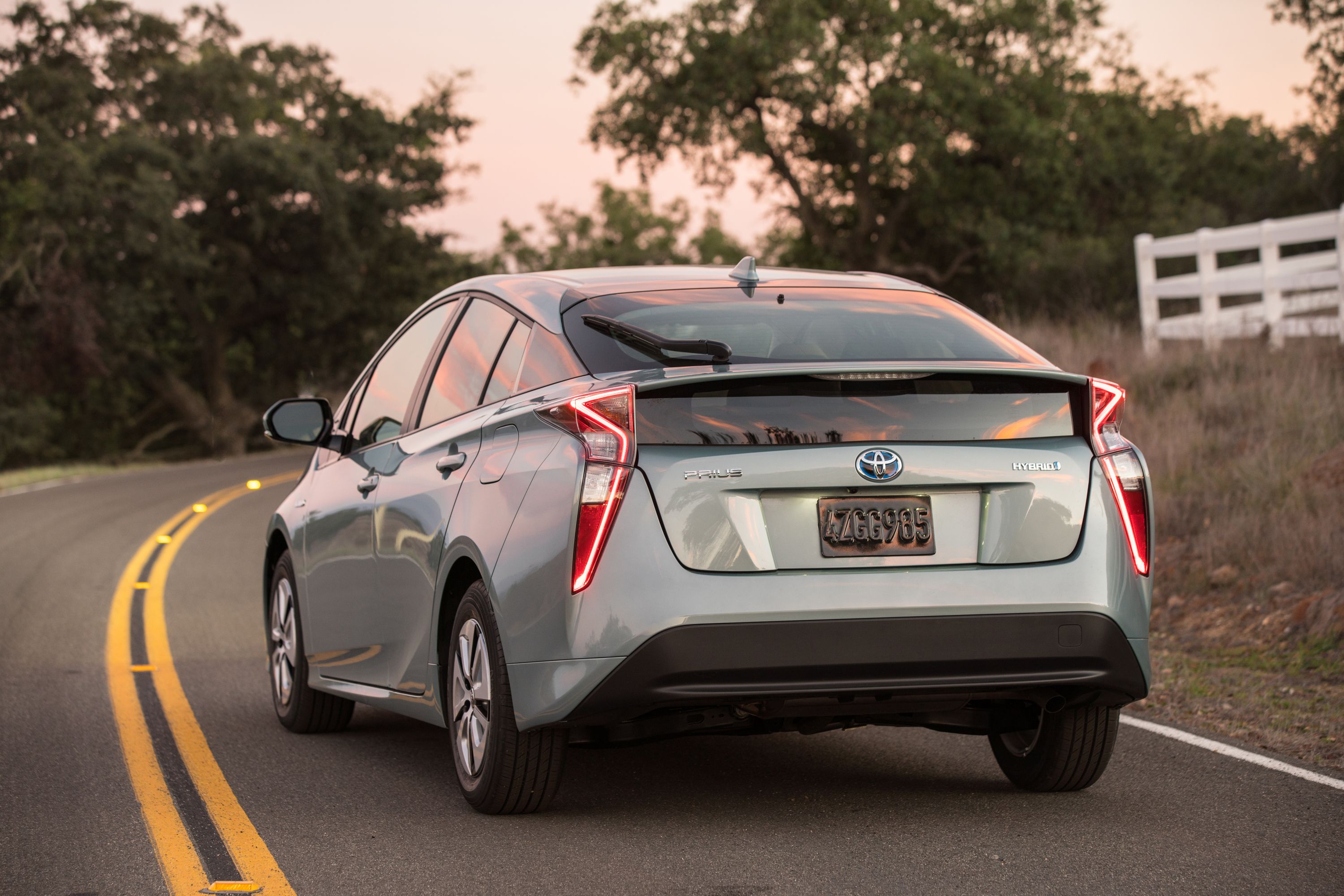The Toyota Prius arrived at the turn of the millennial, when the question of global warming and green energy reverberated in the automobile world. Toyota, dancing to this tune, embarked on an audacious project — to give the automobile world a car that will be a symbol of green energy.
At first, the style and design of the car raised some questions — the question still rages on today — but the fact that the hybrid sedan is an eco-conscious alternative to the gas-guzzling carbon spewing conventional vehicle. This selling point soon made the Prius a sweetheart to American consumers.
This article will examine how the Prius rose from obscurity to being an American hit and what set apart the hybrid hatchback.
Brief History Of The Toyota Prius
In 1995, Toyota gave automobile enthusiasts a glimpse of what was to come at the Tokyo Motor Show. A couple of years later in 1997, the Toyota Prius, with the model name NHW10, became the world's first mass-produced hybrid drivetrain car. In less than a year of its introduction, the hybrid car swept many awards in the bag.
The car was available to worldwide consumers in 2000, and it hit the US market in 2001. It sports a 44-horsepower electric drive motor with a gas engine that produces 70 horsepower. A second electric motor that also functions as the gas engine's starter powers the electric drive motor and a nickel-metal hydride battery pack. Toyota named this drivetrain Hybrid Synergy Drive. The system has evolved significantly over the years and is still used today.
Though the Toyota Prius was the first mass-produced hybrid car, it was not the first of its kind on the US market. Honda, in 1999, put the two-door Honda Insight on the North American market. The small hybrid car had a combined 53 mpg, 61/49 highway/city, but soon after the Toyota Prius touchdown, it relegated the Honda Insight to second fiddle and became the symbol of the hybrid drivetrain and fuel efficiency.
In the US market, Toyota made the car available for just $19,995 — better still, Prius owners were eligible for a knock-off of around $2,000 federal tax from their gross income due to its low carbon emission capability.
The Prius and its hybrid technology were winning more hearts and getting more fans because of its exceptional performance and by the mid-2000s, Ford couldn’t act uninterested anymore, resulting in Ford and Toyota entering discussions on a possible technical alliance. These conversations lasted for nearly ten years on and off. The partnership almost became a reality when the automakers discussed building a specifically designed hybrid powertrain for trucks and SUVs in 2011. Ford, however, withdrew in 2013, asserting that its own technology was more appropriate for a pickup and that it would release a hybrid truck by the end of the decade.
In 2008, less than a decade after Toyota Prius was open for worldwide consumption, Prius hit the 1-million-unit-sold milestone and in 2011, Toyota introduced new models of the car with advanced capabilities and slightly different body styles. The Prius V is an SUV-like version of the car, while the Prius C is a compact version. By 2013, they had sold 3 million units of the car worldwide.
A Look At The Hybrid Powertrain Technology Of The Prius
The Toyota Prius came to the limelight and rose to stardom, mainly because of its extraordinary fuel efficiency and hybrid drivetrain technology. So, how does the technology work? Typically, hybrid engines are available in parallel or series types. The car's gasoline engine fuels the electric motor by charging the battery in a series hybrid. The gas does not directly propel the wheels. Either the gasoline engine, electric motor, or both in parallel hybrid engines may power the vehicle.
The Toyota Prius is a series-parallel hybrid because it combines the best elements of parallel and series engines. The Prius contains a power split component that connects the generator, gas engine, and electric motor through a transmission. The first vehicle with this feature was the Prius Gen 2. A planetary gear set with sun and planet gears is part of the power splitter.
The gears propel the automobile and generator. The sun gear rotates swiftly, and the highest speed it can reach restricts the car's electric prowess. The car activates the internal combustion engine to use gasoline if it requires more power than the planetary gears can supply.
The gas engine produces more horsepower, which allows the car to move more quickly. Prius does not require recharging because the generator supplies power to the engine constantly. Cars with series hybrid engines cost more because the series hybrid engines are bulkier and more expensive than its counterpart because they feature larger batteries, motors, and generators. However, compared to parallel ones, they perform better in stop-and-go traffic. On the highway, parallel hybrids are more efficient.
What's Next For The Toyota Prius?
Today, we see electric cars snatch the green-energy badge that the Toyota Prius wore with pride without remorse, and its hybrid technology now stands behind electric energy technology in the automobile world, meaning the car isn't the prime hybrid car it once was.
Some hybrid cars like the Hyundai Ioniq and the Toyota Corolla Hybrid now have better mpg and power. This, coupled with some other aesthetic related reasons, have upstaged the Prius from the pinnacle of the segment it created. Although, there are some speculations about improvements and restyling for the 2023 Toyota Prius.




